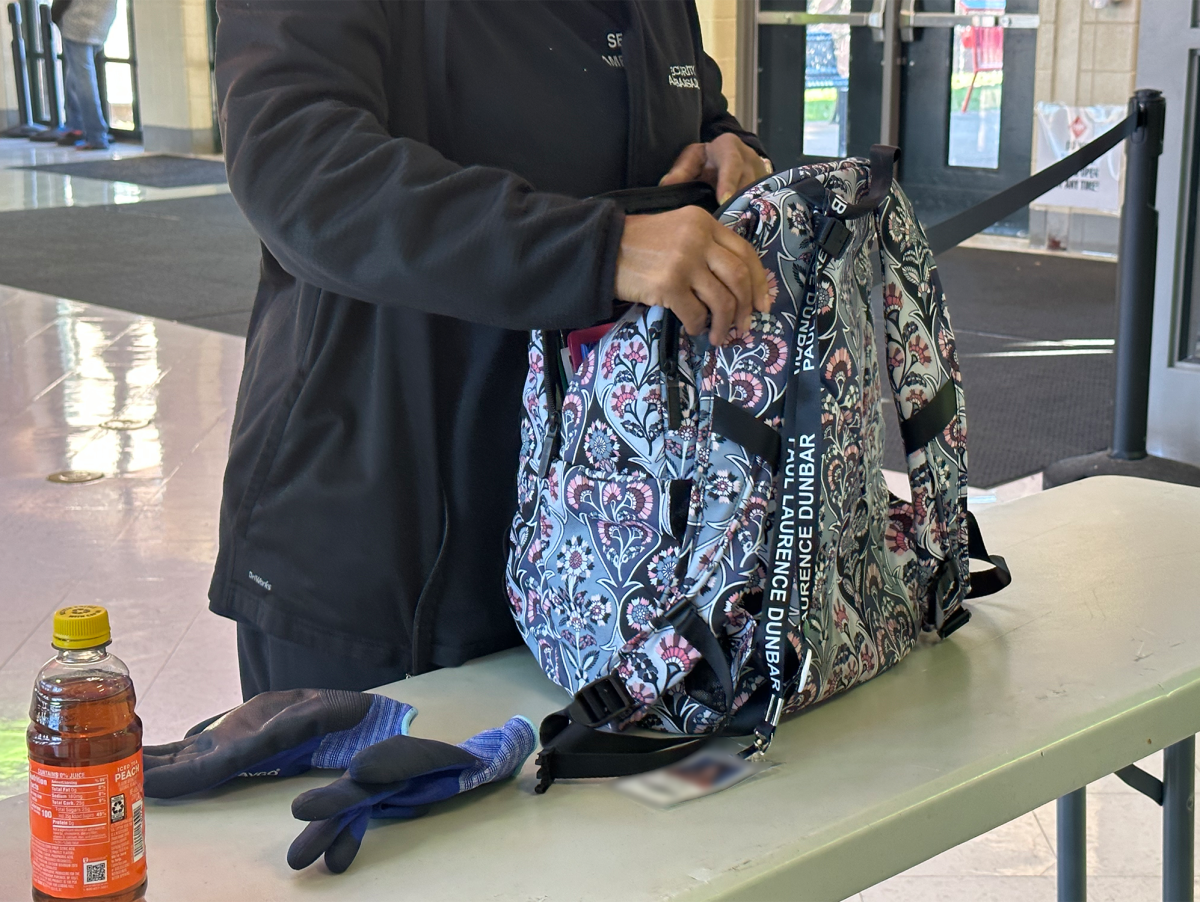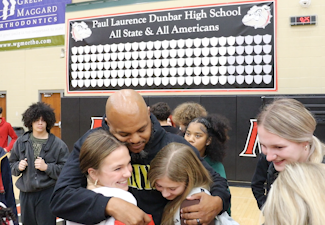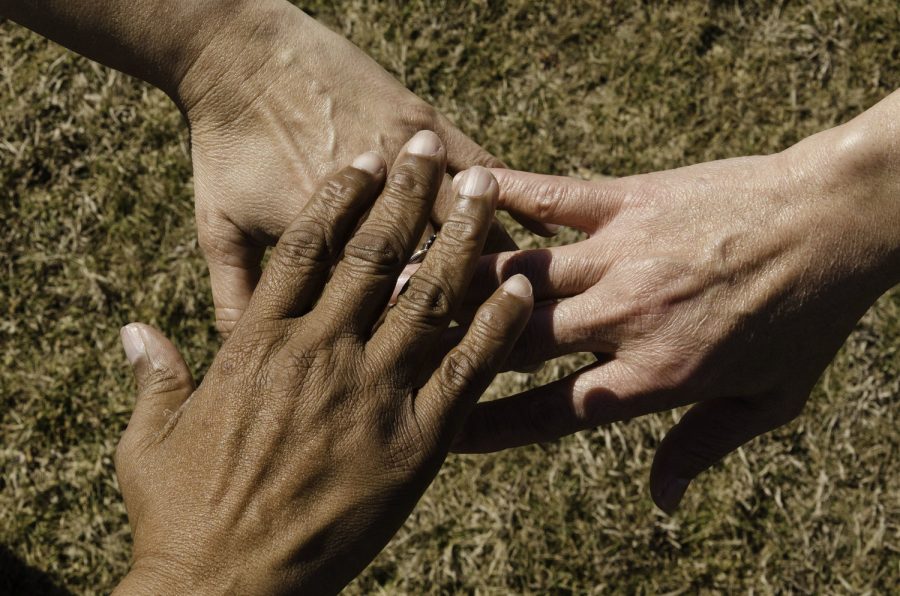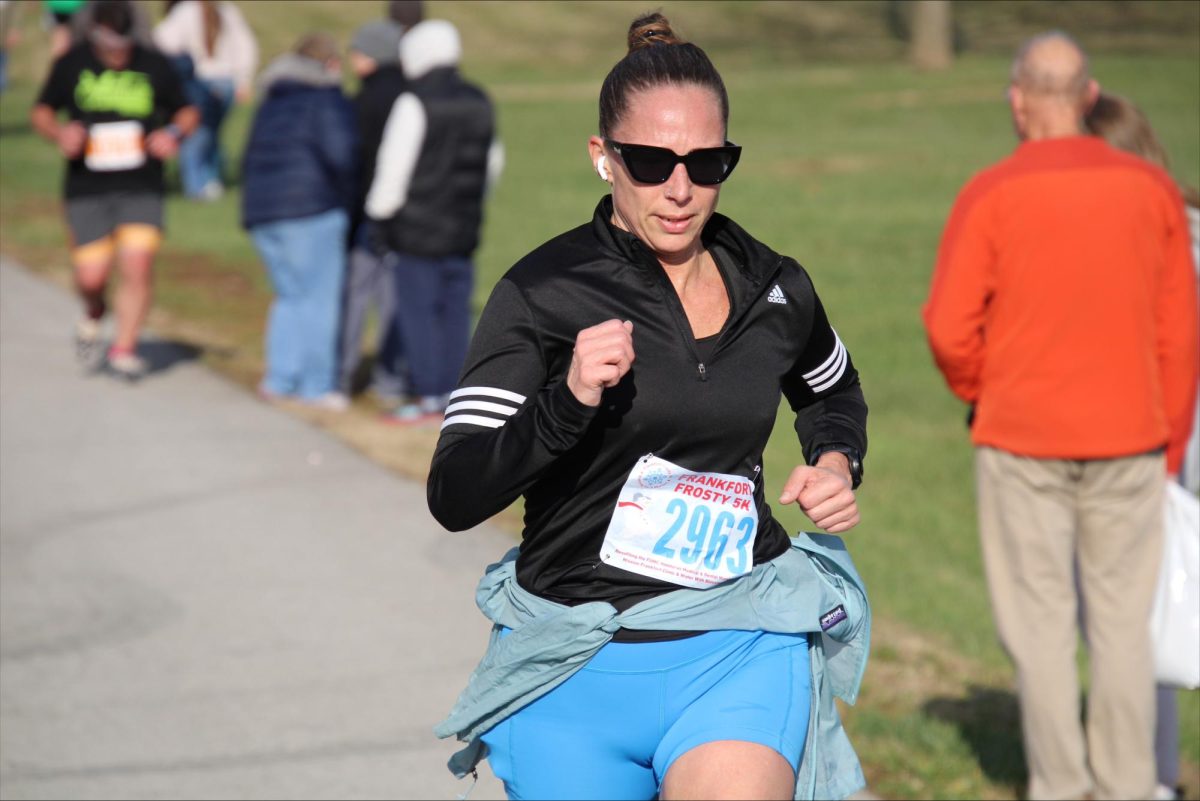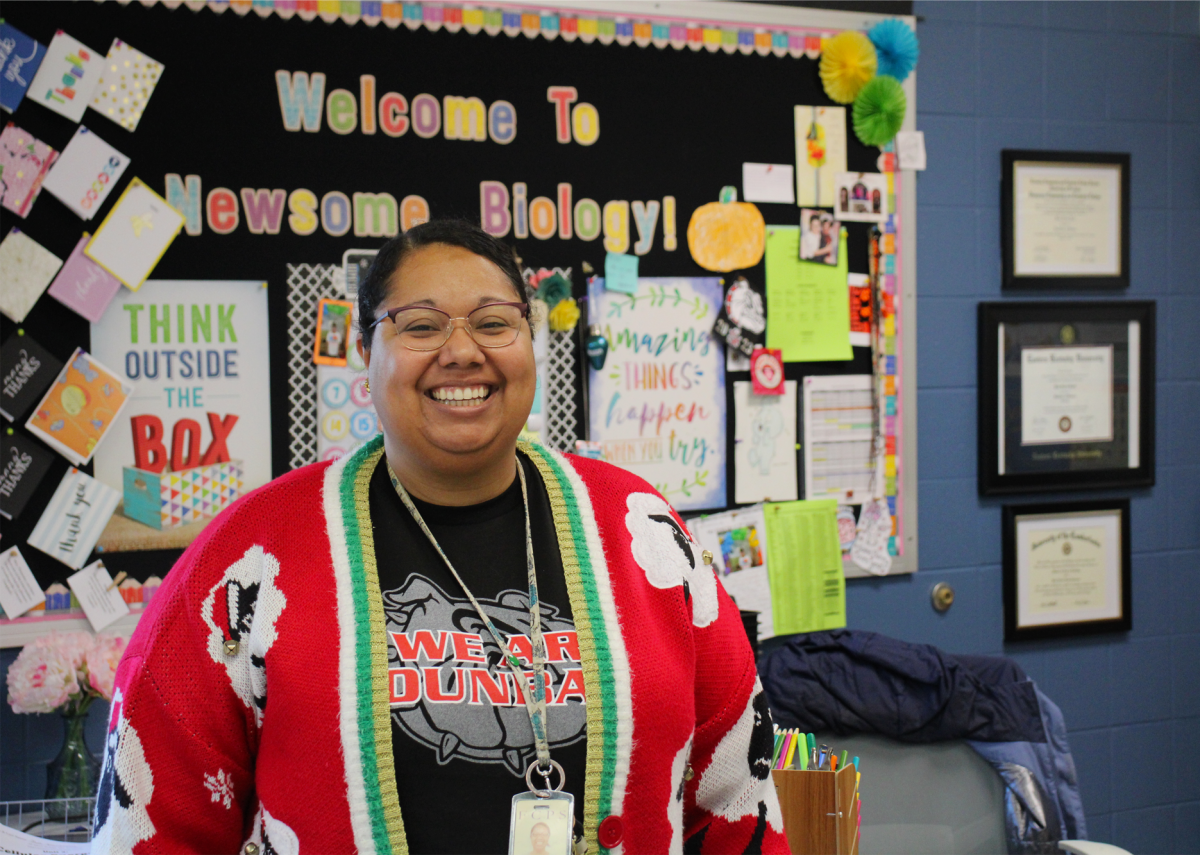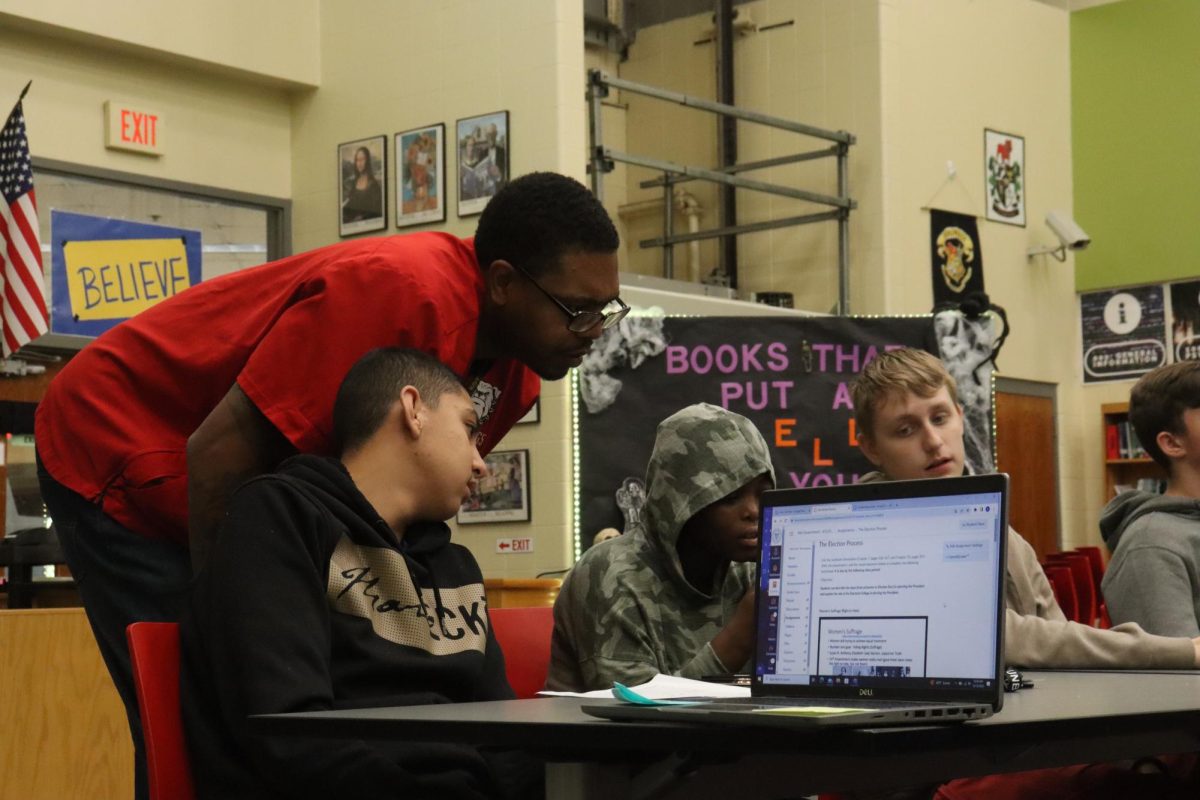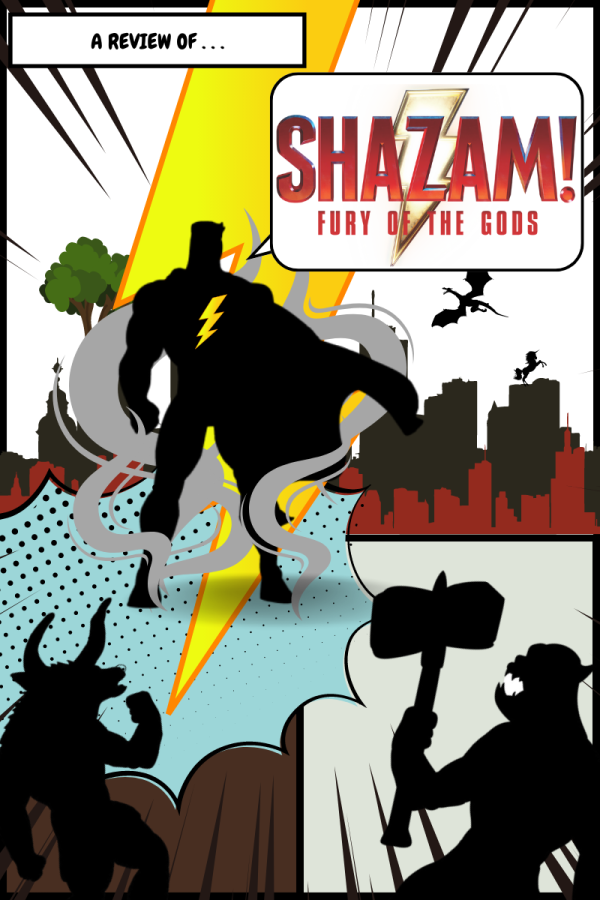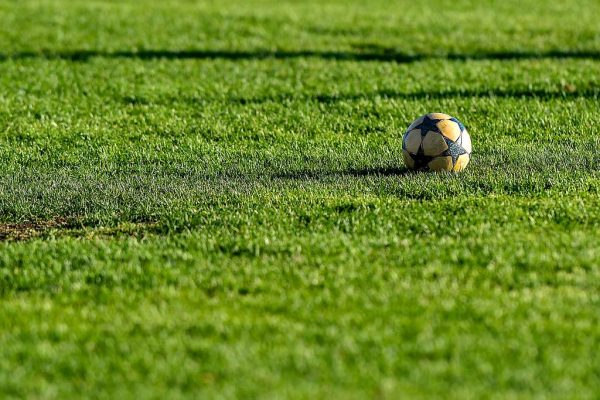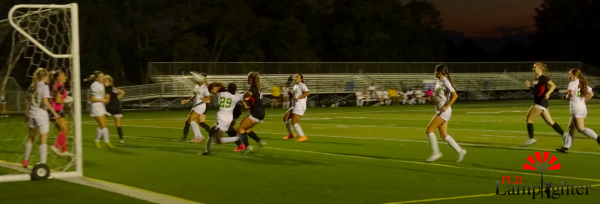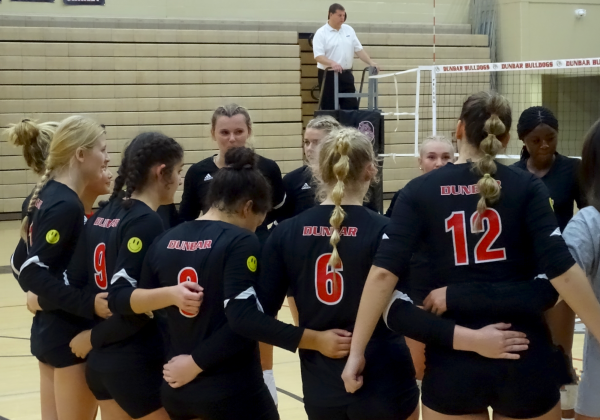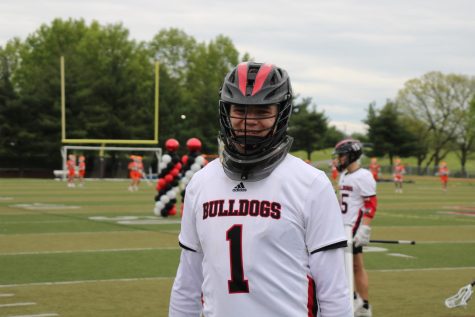Your Fall Lineup Includes School Sports
Even as sports are returning, there will be new regulations on how athletes will train for the upcoming season.
On June 17, FCPS Superintendent Manny Caulk announced that starting on June 29, all high school fall sports may begin practicing.
The fall season will include sports such as cheerleading, cross country, dance, football, golf, soccer, and volleyball.
With the start of the season just around the corner, the district has announced various expectations for families and athletes that include: “Avoid carpooling with teammates, sanitize all equipment/instruments (e.g. cleats, ball, etc.) before and after every training, wear [a] mask before and immediately after all training, and refrain from group celebrations, including high fives, hugs, handshakes, etc.”
A list of safety measures has been given out to families and they include many of the expectations that were outlined by the KHSAA in a document released on May 28.
Despite the safety measures, many athletes are still worried about the starting date for contact sports and their concerns about starting the season.
“I think that June 29 seems a little premature for starting sports back up because of the spikes in COVID cases, but for noncontact sports [such as cross country], I don’t see a big issue in terms of spreading the virus,” said cross country runner Kate Hazelwood.
“My only concern is that the virus could spread amongst the teams and people could spread it to family members or other high-risk individuals. Additionally, we don’t know how competitions (meets, for cross country) will work, so I’m concerned that we wouldn’t really be working towards anything,” Hazelwood said.
However, some athletes believe that it was a good thing that the season has started early.
“Starting June 29th was the best decision to make because of the possibility of the second wave of the virus flaring up in the fall/winter, which would cut the seasons off early. The longer we wait, the shorter the season we would have if the second wave occurs in fall. School sports starting back up doesn’t concern me too much, as long as the players are cautious around each other,” soccer player Chandler Zhu said.
Teams are also not allowed to practice in groups that are more than 10 people.
“Although [the KHSAA] plans allowed groups of 10 or fewer to participate in on-campus conditioning as early as June 15, our work team felt strongly about taking additional time to ensure all of our schools were fully ready to safely resume practice before welcoming back our more than 5,200 student-athletes,” High School Chief James McMillan said.
“The ten-person cap shouldn’t be too much of an issue for soccer because very few drills require more than 10 people, and you can still improve with smaller-sided drills. Practicing in the smaller groups would be an issue if the groups were fixed, meaning you play with the same group of 10 without getting a chance to know how the players not in your group play. This could be an issue for our JV team, which usually has upwards of 20-30 players who haven’t met before,” Zhu said.
Some believe that for noncontact sports it could affect the way the sport pushes them mentally.
“I think that the only setback for the 10 person groups will be that there won’t be as much motivation. Cross country is a mental sport, and if participants aren’t motivated and don’t really have a reason to practice, they won’t. I can see how a lot of people, including myself, would struggle to push themselves without other people to cheer them on,” Hazelwood said.
Even with all the concerns, the future of school sports is starting to look a little bit clearer.
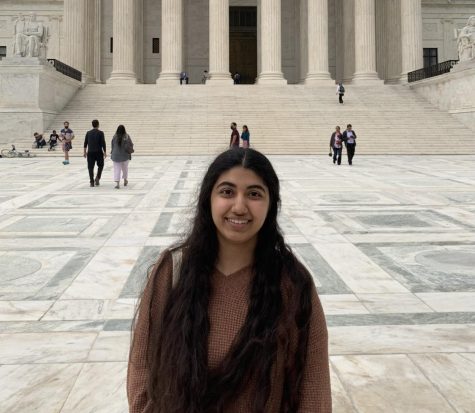
Hi! I’m Nimi, I’m a senior and this is my third year in Lamplighter. This year, I am one of four Editors in Chief for the program. I spent my first...


